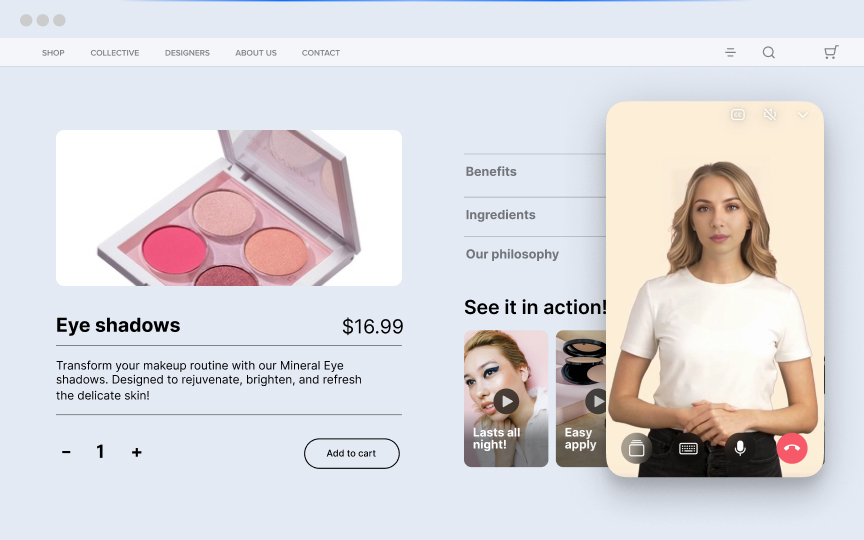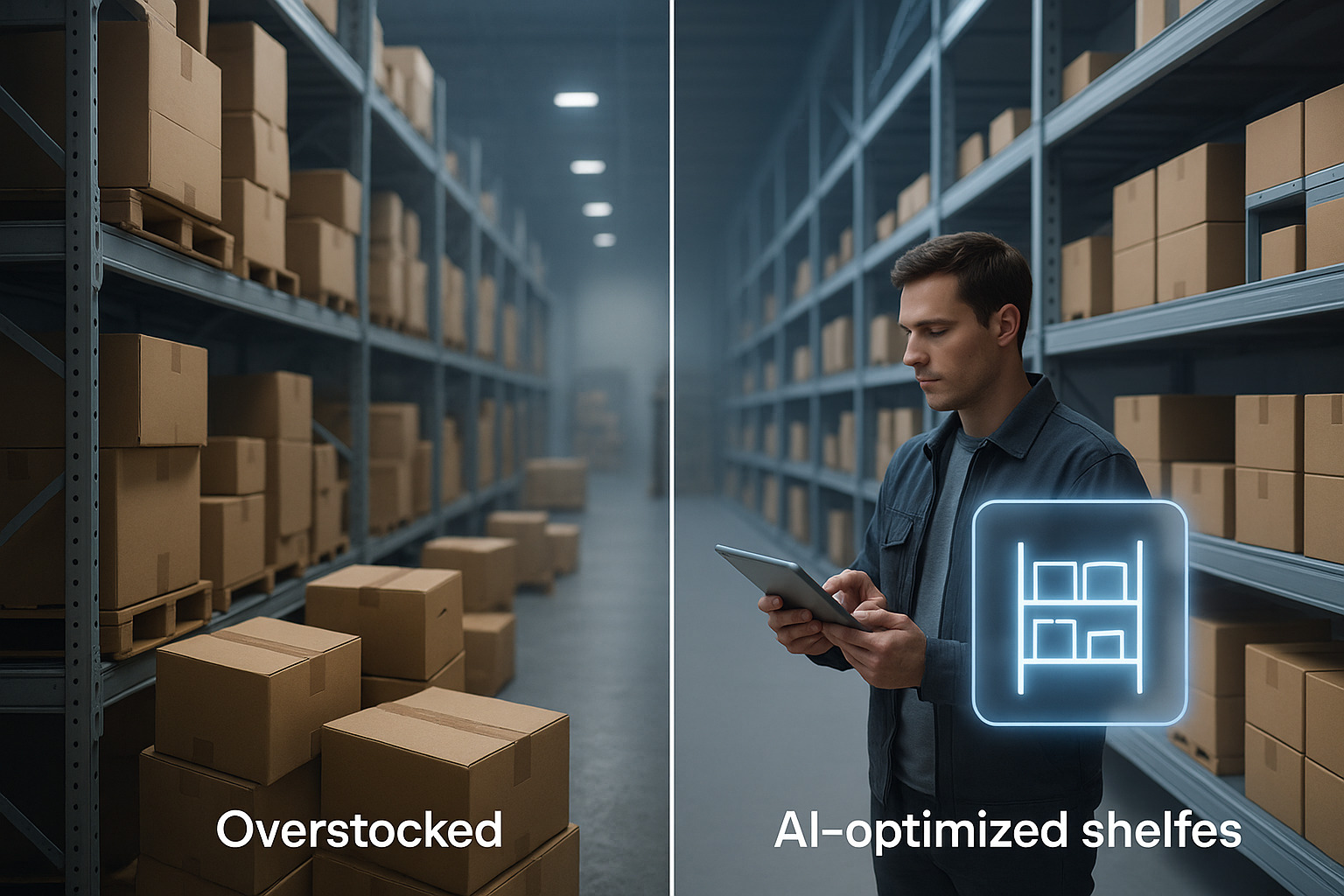Adobe Experience Manager (AEM) integrates powerful web content, digital asset, and personalization tools into one platform. But let's be honest, its breadth often leads to substantial license fees and maintenance costs that balloon beyond budget forecasts. This is a reality that many brands report, along with their total cost implications.
AEM's steep learning curve and complex interface can also result in stalled launches and frustrated teams. As digital expectations continue to rise, regular audits become critical to stay competitive.
You have options: replace AEM with leaner, API-first platforms or add strategic integrations without a complete overhaul. Today's market offers specialized solutions for businesses of every size. This guide offers practical insights to help you find the right alternative or integration to keep your digital experiences fast, flexible, and future-ready.
Top 12 Adobe Experience Manager Alternatives Comparison
Choosing the right Adobe Experience Manager replacement involves finding a platform that aligns with your team's workflow and goals. This matrix breaks down 12 leading options by their role in modern, composable stacks:
The market shows a clear split: enterprise DXPs mimic AEM's breadth, while headless and open-source players focus on flexibility and cost efficiency.
12 AEM Alternatives Reviewed in Plain English
- Sitecore – An enterprise DXP offering deep personalization and robust customer journey analytics.
Best Use Case: Best suited for global enterprises needing highly personalized, omnichannel customer journeys with deep marketing automation and analytics.
Strengths: End-to-end marketing control for global brands.
Limitations: High cost and heavy development lift.
- Bloomreach – Enterprise DXP focused on AI-powered search and merchandising to boost commerce.
Best Use Case: Ideal for retail and e-commerce brands focused on driving conversion through AI-powered search, merchandising, and commerce insights.
Strengths: Ideal for retailers chasing conversion improvements.
Limitations: Requires strong data practices to maximize value.
- Storyblok – Business-friendly headless CMS combining visual editing with flexible APIs.
Best Use Case: Ideal for mid-sized marketing teams or agencies seeking an easy-to-use, visual CMS that strikes a balance between flexibility and speed of content updates.
Strengths: Ideal for mid-sized teams that value speed and autonomy.
Limitations: It has fewer built-in marketing tools.
- Kentico – All-in-one CMS/DXP balancing competitive pricing with an intuitive UI.
Best Use Case: Ideal for small to mid-sized businesses seeking an all-in-one CMS/DXP solution with a user-friendly interface and budget-friendly pricing.
Strengths: Ideal for cost-sensitive firms seeking rapid results.
Limitations: Less suited for ultra-complex campaigns.
- Sanity – Developer-centric headless CMS with custom schemas and real-time collaboration.
Best Use Case: Favored by product teams and developers who need a customizable, real-time content platform to support fast-paced, multi-channel publishing.
Strengths: Favored by product teams iterating fast across multiple channels.
Limitations: Requires dedicated developer resources.

- Contentstack – API-first, developer-centric headless CMS delivering omnichannel content.
Best Use Case: Well-suited for enterprises adopting MACH architecture looking for API-first, scalable headless CMS capabilities and strong vendor support.
Strengths: Fits enterprises standardizing on MACH architecture principles.
Limitations: Positioned at a premium price tier.
- dotCMS – Open-source hybrid CMS that’s extensible, Java-based, and security-focused.
Best Use Case: Ideal for IT-driven organizations wanting an open-source hybrid CMS with robust Java-based extensibility and strong security controls.
Strengths: Well-suited for IT-led organizations needing code-level control.
Limitations: Requires strong in-house expertise.
- Magnolia – Modular open-source hybrid CMS with easy personalization add-ons.
Best Use Case: Best for brands migrating from legacy Java platforms seeking a modular CMS that supports personalized experiences with flexible add-ons.
Strengths: Great for brands migrating from legacy Java stacks.
Limitations: A smaller partner network compared to larger platforms.
- Liferay – Open-source portal platform designed for powerful B2B self-service portals.
Best Use Case: Great fit for enterprises building complex B2B portals or self-service customer platforms requiring strong user management and integration options.
Strengths: Ideal for enterprises building customer or partner portals.
Limitations: Has a steeper learning curve.
- Brightspot – Enterprise CMS is known for fast time-to-launch and flexible licensing.
Best Use Case: Preferred by publishers and media companies who need rapid site launches, flexible licensing, and a CMS tailored for content-heavy workflows.
Strengths: Perfect for publishers needing rapid site rollouts.
Limitations: Offers fewer native marketing automation features.
- Canto – Digital Asset Manager providing intuitive DAM with rich metadata control.
Best Use Case: Excellent for creative and marketing teams focused on digital asset management with rich metadata and collaboration features.
Strengths: Best for creative teams focused on asset workflows.
Limitations: Limited CMS features.
- Hygraph – Headless graph-based CMS with native GraphQL support and composability.
Best Use Case: Targeted at tech-savvy organizations prioritizing structured content APIs and GraphQL for composable, future-proof digital experiences.
Strengths: Tailored for tech-savvy organizations prioritizing structured content APIs.
Limitations: A smaller ecosystem compared to mainstream competitors.
Key Considerations When Choosing an AEM Alternative
- Align your platform choice with your organization’s size, content volume, governance, and technical needs.
- Lean teams often benefit from lightweight, API-first headless CMS options; enterprise teams may require full-featured suites.
- Assess technical compatibility carefully, including language support for global brands and open-source flexibility backed by developer resources.
- Evaluate each vendor’s integration ecosystem to ensure seamless connections with your existing CRM, commerce, and analytics tools.
- Conduct hands-on testing with sandbox accounts to identify and address hidden challenges.
- Confirm support for workflow automation to streamline operations.
- Budget for the full financial picture: implementation, training, ongoing optimization, SLAs, and roadmap clarity.
- Plan effective change management with training, updated processes, and stakeholder buy-in to maximize adoption and ROI.
Why Firework Integration Is a Critical Factor in Your Platform Choice
If leveraging interactive video commerce is part of your digital strategy, integration with Firework should be a key consideration when selecting your AEM alternative. Fireworks’ seamless integration with AEM enables brands to deliver engaging video experiences within their digital ecosystems, boosting customer engagement and conversion.
When evaluating other platforms, closely examine their ability to connect with Firework’s technology and your marketing stack. Platforms lacking robust APIs or flexible integration options risk limiting your video commerce capabilities, potentially leading to fragmented customer journeys and missed revenue opportunities.
Smart integrations like Firework unlock new engagement layers and can transform your digital experience. Thoroughly document your requirements, assess the total cost of ownership, and choose a platform that supports growth, agility, and innovation. Ready to add conversion-driving video to your digital experience? Book a demo to see how Firework can elevate your brand’s customer journeys.
Unlock Exclusive Insights
By submitting this form, you agree to Firework's privacy policy and consent to receive personalized marketing communications. You can unsubscribe at any time.

















